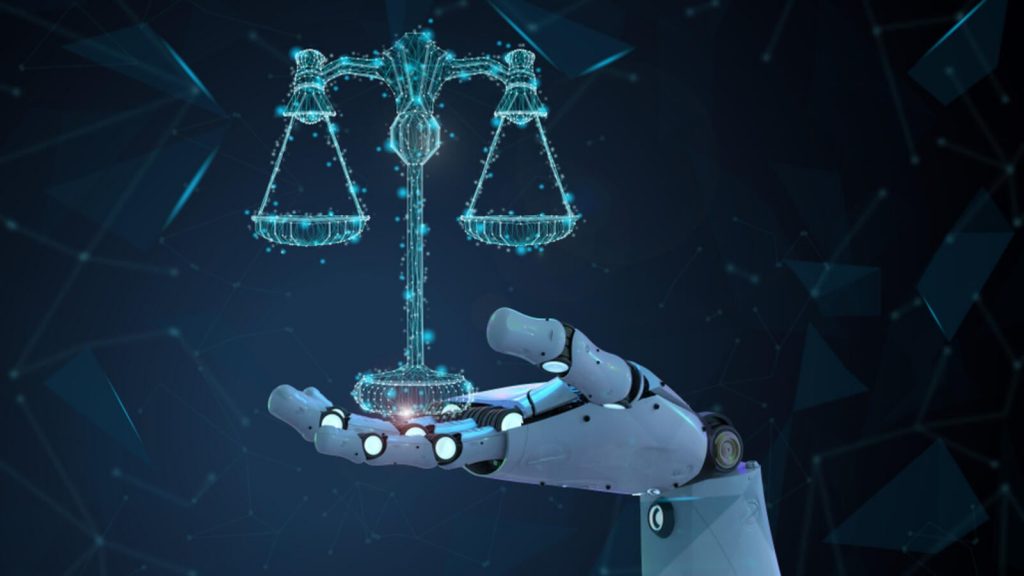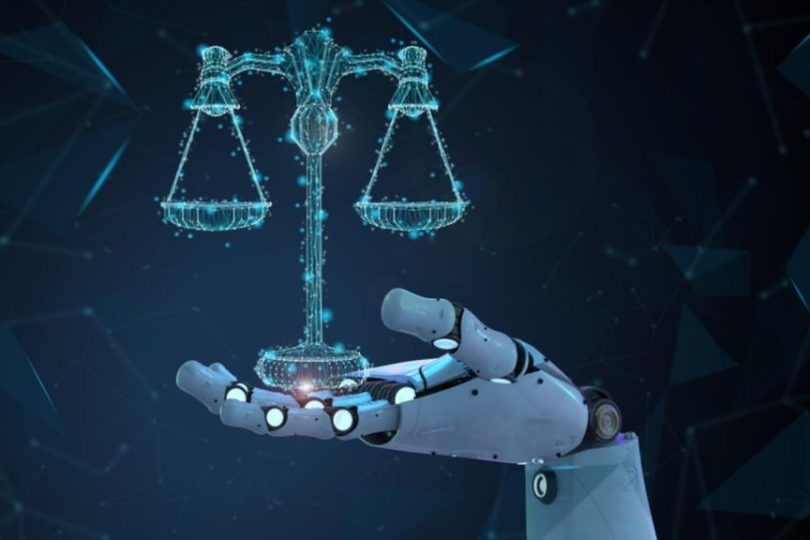
In the time of #Pandemic, it has become vital that the administration of #justice must be done keeping in mind the health concerns of both the legal community and the public. Access to justice is fundamental to preserve the rule of law in the democracy envisaged by the Constitution of India. The present challenges due to the outbreak of #COVID-19 have to be addressed, while protecting the constitutional commitment of delivery of justice to those who are aggrieved.
This is not a matter of discretion but of duty. Indeed, #courts throughout the country, particularly at the level of the Supreme Court and the High Courts have employed video conferencing for dispensation of justice.
Accordingly, the Hon’ble Supreme Court has recently released its Report on “Open Court Hearings” dated 02.05.2020. In which, it strongly defended its “#virtualcourts system”, by saying that the institutional requirement was to ensure the “administration of justice” in the face of recent Pandemic. The Apex Court, which is hearing only urgent matters through video conferencing claimed that has it, has heard matters for 22 days up till May 1, 2020.
In addition, the Supreme Court has already taken suomotu cognizance for swiftly switching onto the new technology and protocol for ensuring that administration of justice remained uninterrupted. By its Order dated 06.04.2020 passed in the matter of, In Re: Guidelines for Court Functioning through Video Conferencing during COVID19 Pandemic [Writ(Civil) No.5/2020],where several directions were issued and observations were made to be followed by the High Courts and subordinate judiciary.
The Supreme Court in reply to criticism levelled against the possible extension of virtual hearings beyond the lockdown, states that public access to an open court system cannot be “unlimited and unregulated”.In light of this, it is significant to move our attention to the leading Judgment of the Supreme Court in the matter of virtual hearings. It was first given recognition in Swapnil Tripathi vs Supreme Court of India, [2018 SCC OnLine SC 1667, decided on 26-09-2018] whereby,the Bench comprising of Chief Justice Dipak Misra, Justice A.M. Khanwilkar and Justice Dr D.Y. Chandrachud decided in favour of live streaming of cases of constitutional or national importance before a Constitution Bench of the Supreme Court.It also laid down the Guidelines to administer the live court hearings for the first time.
In this case the Supreme Court made a reference to Section 327 CrPC and 153-B CPC which deals with provisions regarding open court hearings. In the Court’s opinion use of technology for the live court proceedings could be a way forward. By providing virtual access of live court proceedings to one and all, it ensures the right of access to justice and public trial, along with right to know the developments of law for litigants.
However, it was also opined that while doing so regard must be had to the fact that just as the dignity and majesty of the Court is inviolable. The issues regarding privacy rights of the litigants or witnesses, in case of live streaming of proceedings may not be desirable as it may affect the cause of administration of justice itself. These are matters which need to be identified and a proper regulatory framework must be provided under Article 145 of the Constitution. Justice Dr D.Y. Chandrachud,delivered a separate concurring opinion wherein he formulated Model Guidelines for the broadcasting of the proceedings in the said Judgment.
A beginning has already been made. Several High Courts in India have issued detailed Guidelines on the use of videoconferencing. Accordingly, at a time when social distancing is being emphasized as the only way to slow down the spread of COVID-19, the spectre of crowded court premises continues to haunt litigants, lawyers and Judges alike. This is an apt moment to partially explore, experiment, and adopt the viability of electronic courts.
As a result, the Apex Court is planning to improve its e-filing system by reducing the number of people queuing up at counters to file cases or to draw circles on the ground so that people can stand in them at a distance. Also, the number of lawyers allowed to go inside the court per party in a case would be restricted to three, and only lawyers for the first six listed cases will be allowed to go in.
Conclusion
Thanks to the COVID-19 Pandemic which is a grave threat to the human race. ‘Virtual court system’ is here to stay. It will force the society, governments and countries to change the ways in which work as well as leisure is undertaken. The silver lining is that adopting technology for dispute resolution in an online format, will lead to significant saving in cost and time for parties.
This could be an opportune time to explore the opportunity of bringing the mainstream litigation and regularizing appearances and arguments by lawyers via videoconferencing. No doubt, an expert committee would need to be constituted to examine the feasibility. But even the biggest technological advances will not be effective without addressing the fundamental issues that plague the Indian Judicial system.
Lakshmi Vishwakarma
Associate
The Indian Lawyer
Edited by
Sushila Ram Varma
Chief Consultant
The Indian Lawyer
